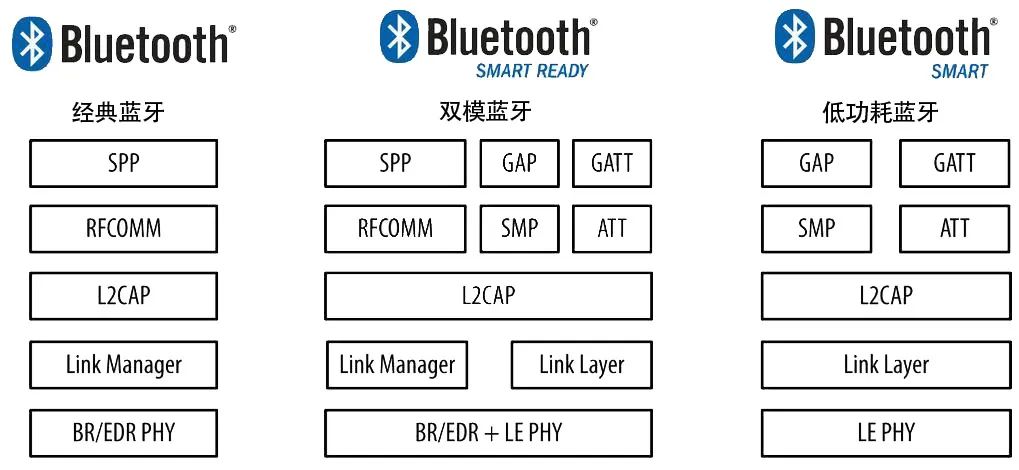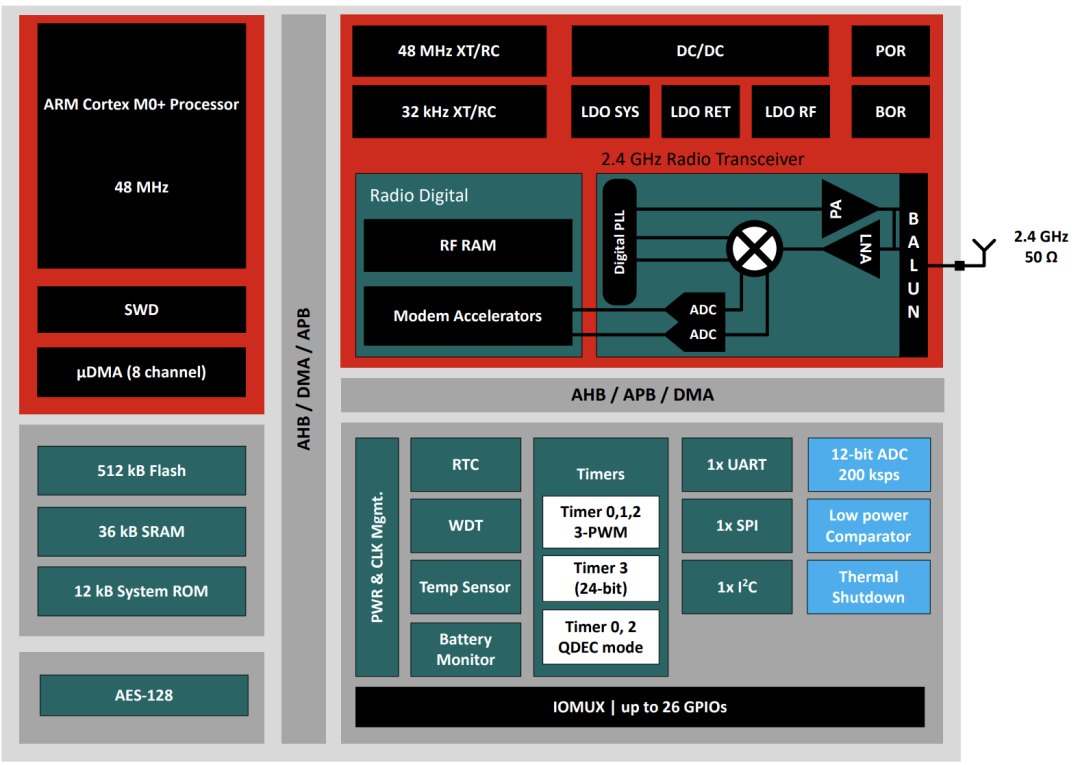
Any project involving wireless connectivity requires careful consideration of the appropriate technology, where protocol interoperability, transmission distance, and connection robustness are critical design decisions from the outset. Below, we will start with classic Bluetooth and low energy Bluetooth to analyze their advantages and disadvantages. We hope this article can help you choose the right wireless communication technology for your project.

Classic Bluetooth

Advantages:
• Network Type | Classic Bluetooth is designed for short-range applications, supporting point-to-point (P2P) and star network topologies.
• Throughput | Classic Bluetooth is intended for high data throughput applications (such as audio streaming), with data rates of up to 3Mbps. • Target Applications | Audio streaming through wireless headphones, speakers, and soundbars.
Disadvantages:
• Power Consumption | Classic Bluetooth is not optimized for low power applications.

Low Energy Bluetooth

Advantages:
• Network Type | Low Energy Bluetooth is designed for short-range applications, supporting point-to-point (P2P), star, and broadcast device roles. Low Energy Bluetooth can be used in various applications such as fitness monitors, personal electronics, and asset trackers. Bluetooth is an excellent wireless technology medium that can quickly establish connections and exchange data between two devices (e.g., smart car access).
• Power Consumption | Low Energy Bluetooth is designed for ultra-low power wireless communication, capable of running for years on a single coin cell battery. The protocol is intended for lightweight applications and can flexibly adjust various communication interval parameters, such as broadcasting at 1-second intervals.
• Throughput | The standard data rate for Low Energy Bluetooth 4 and above is 1Mbps, which is sufficient for most types of communication. However, Low Energy Bluetooth 5 now supports rates of up to 2Mbps for faster data transmission.
• Wireless Robustness | Low Energy Bluetooth operates in the 2.4GHz wireless band, which is shared with other wireless technologies (such as Wi-Fi, Zigbee, and Thread). To reduce conflicts in this crowded band, Bluetooth uses frequency hopping to find an open channel before communication.
• Security | Includes encrypted communication, debugging security/software IP protection, device identification, etc.
• Target Applications | Wireless keyboards, heart rate monitors, blood pressure monitors, smart car access, etc. Low Energy Bluetooth is the most widely used wireless technology, as it is commonly found in every smartphone or tablet.


Low Energy Bluetooth Recommendations

As the most widely used Bluetooth technology today, Texas Instruments (TI) has been working in the low energy Bluetooth MCU field for over 12 years. Following the CC254X, CC264X, and CC26x1/2/4 series products, TI recently launched the fourth generation product, the CC2340 series. With the TI CC2340, engineers can quickly and easily add low energy Bluetooth to any product application.

Functional Block Diagram
TI CC2340 is a low power Bluetooth wireless MCU with a working frequency of 48 MHz and an Arm Cortex-M0+ core, mainly available in two models: CC2340R2 and CC2340R5, corresponding to 256 KB and 512 KB of flash storage, providing sufficient flexible memory space for different projects. It also features 36 KB of RAM and supports the latest Bluetooth 5.3 protocol, as well as on-chip OAD. Additionally, the integrated BALUN reduces the bill of materials (BOM) layout on the PCB.
This chip is optimized for low power wireless communication, with an ultra-low standby current of 0.7μA, featuring RTC operation and full RAM retention, significantly extending battery life, especially suitable for applications with long sleep times. It can achieve better wireless communication in markets such as building automation (wireless sensors, lighting control, beacons), asset tracking, medical, retail EPOS (electronic point of sale), ESL (electronic shelf labels), and personal electronics (toys, HID, stylus).
TI CC2340 has a rich set of general-purpose peripherals, including up to 26 general-purpose IO ports, serial communication interfaces such as UART, SPI, I2C, timers, temperature sensors, battery voltage detection, analog comparators, and ADCs.
TI CC2340 series also has an operating temperature range of -40ºC to 125ºC, ensuring stable connections whether used in industrial sensors and medical laboratories or in outdoor environments such as electric vehicle chargers or smart meters.
—END—
How to Find Me
